Tag: ancient Egypt
-
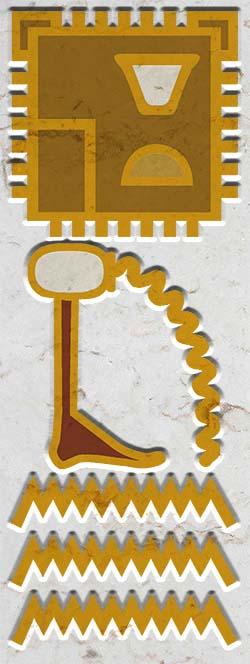
Pure Hallway
This Corridor, which is pure and leads around all this, is within the wall, which is connected with the Pylon. It is 113 cubits long and 90 cubits wide, up to the small doors that are located in it on the right and left sides of the Pronaos. There are four doors in it. Details…
-
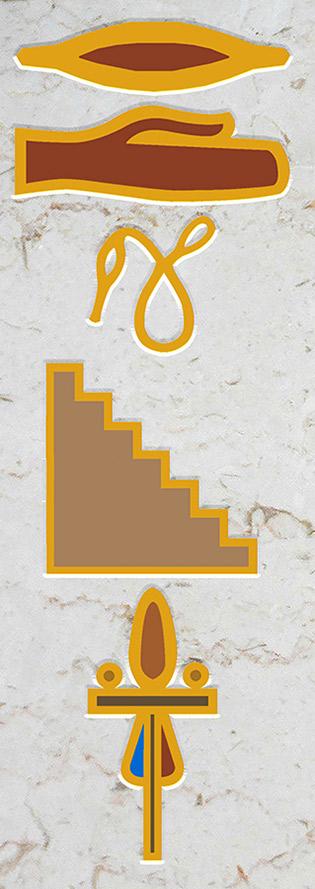
Eastern Stairway
On the east and west sides of it (Offering Table Hall) there is a staircase by which it is possible to rise and set: this god will ascend (to the temple roof) via the Eastern Stairway, together with his Uraeus-snake, the Great One, in order to see his sun-disk (in the sky), and with His…
-
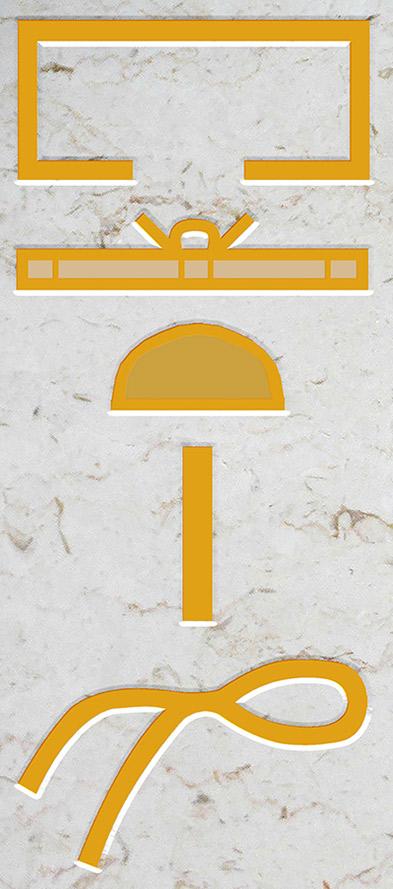
House of Papyrus Rolls
House of Papyrus Rolls of Horus equipped with the ba’a spirits of Horus-Ra Par Madja’at na Har ‘apar ma ba’w Har-R’a The Books and the great parchments of pure leather for bringing about the overthrowing of the Evil One, the repelling of the Crocodile Seth, the blessing of the hour, the preservation of a boat,…
-
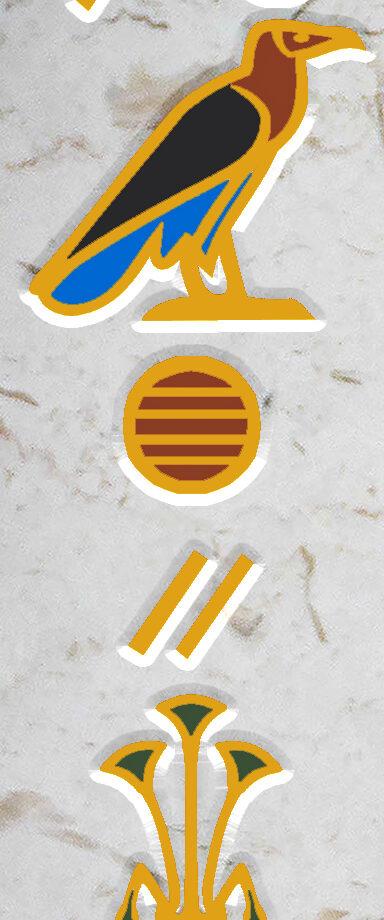
Pronaos
The Pronaos comes after it, which is higher than the rooms mentioned and wider on the right and left sides: it is 40 cubits by 36, with a total height of 30 cubits, and it is most perfectly carved on its inside with reliefs. The House of the Morning and the House of Papyrus Rolls are on the right…
-
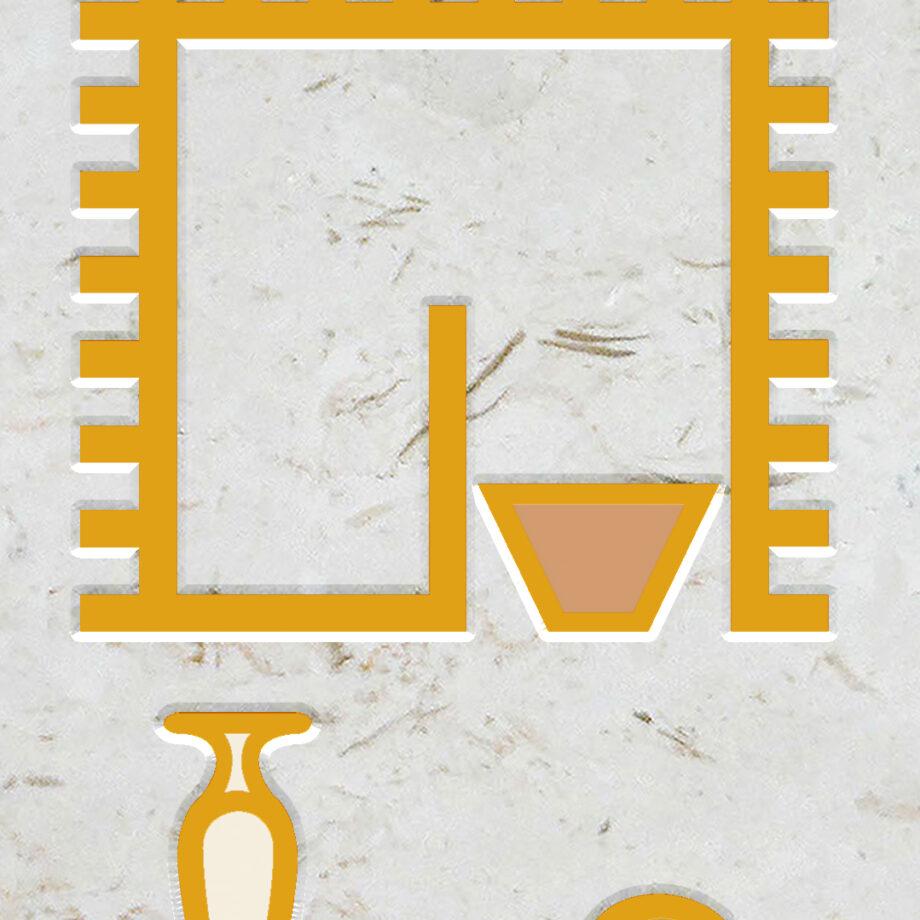
Offerings Forecourt
This perfect place, the Nome of Horus-Ra, is his horizon on earth, is the House of Appearance of His Majesty, is the Great Throne of His Ka, on which he appears and sets, in the Shrine that Protects Khepri of the quickly born child, is the place at which His body has been nourished since…
-
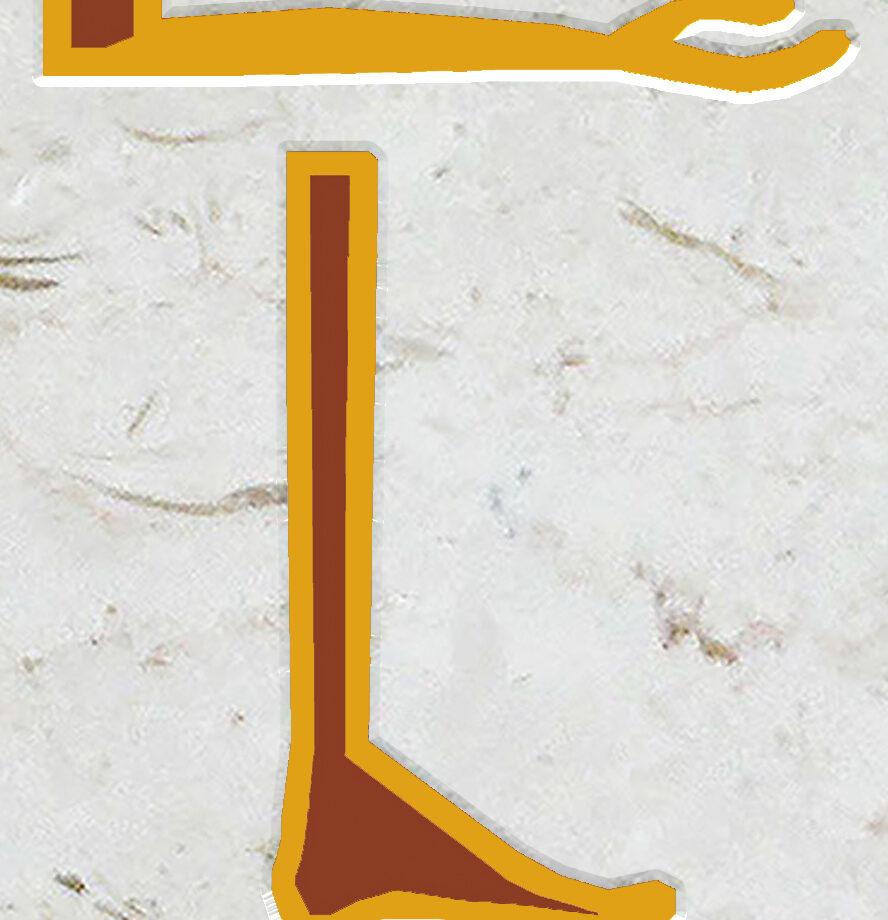
Connecting Room
Moreover, there is a door of the Connecting Room, south of it, opening on the Corridor just as on the western side. This room has the perfect dimensions of 7 (cubits) by 4 an contains all rituals for the presentation of the food offerings. – The Great Building Inscription of the edfu Temple Translated by…
-
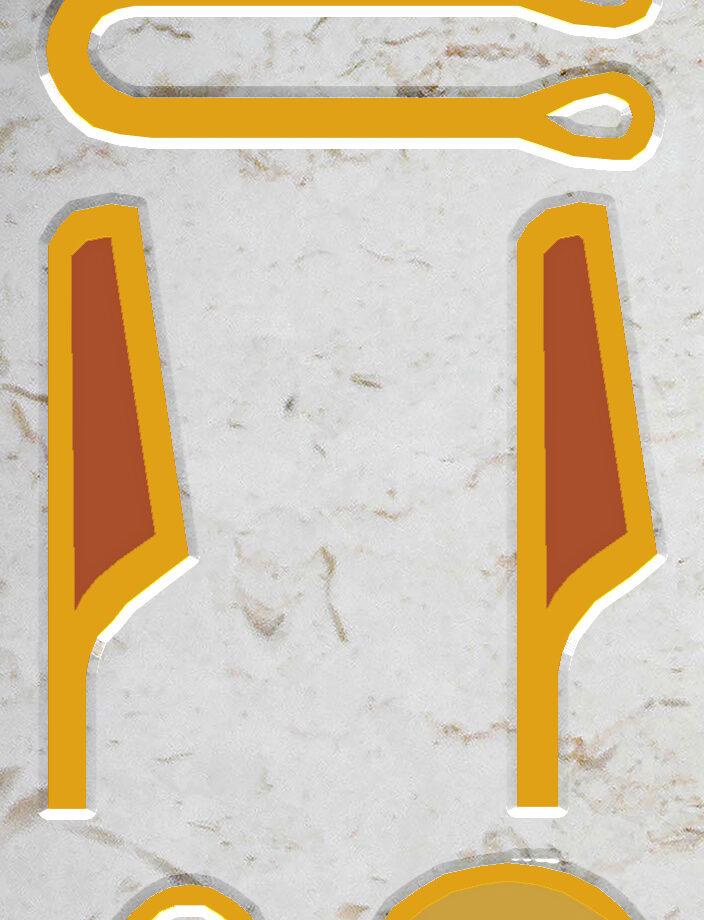
Shatjyat – Sanctuary of Sokar
The Shatjyat Sanctuary of Sokar, to the west of it and decorated with the protector gods (see below), is 7 5/6 cubits by 6 2/3 cubits… These are the palaces of Iun (Osiris) in BaHadat (Behdet). His forms have been carved on the walls of the three chambers. The two weeping and mourning women, the…
-
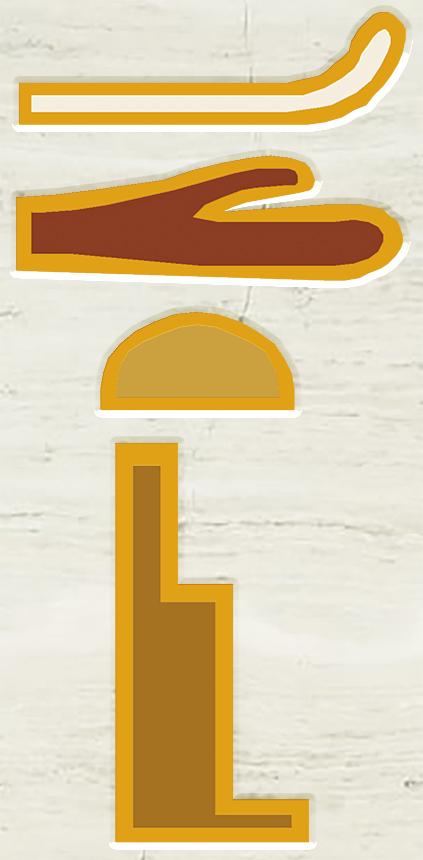
BaHadat – Throne Room
The chamber BaHadat is to the left of it (Masanat) and contains the image of the goddess MaHayat (Mehyt) and the Great Ennead, who watch over Osiris. The god Shw is there as north wind, in order to unite himself with Osiris’ nostrils, as it is his duty in the Horizon of Eternity (the tomb),…
-

Great Hall
The Great Hall is in front of it (the Naos) : it has twelve columns, great supports, wonderful to behold. The hall is 37 (cubits) long and 26 wide. Its walls are most perfectly decorated: it is called Place of Pleasure. It is also known as Place of Joy and Place of Enjoyment of Ra…
-

Hatap rad Naswt ra sakhamat, Har kya na saHari Hw swaH idw Sama’w sarakhyw wapwtya sakhamat – Offering the Pharaoh gives to Sakhamat, and another for exorcising the plague beating wind, the demons of disease, the evil spirits, messengers of Sakhamat.
You need to be logged in to view this content. Please Log In. Not a Member? Join Us
